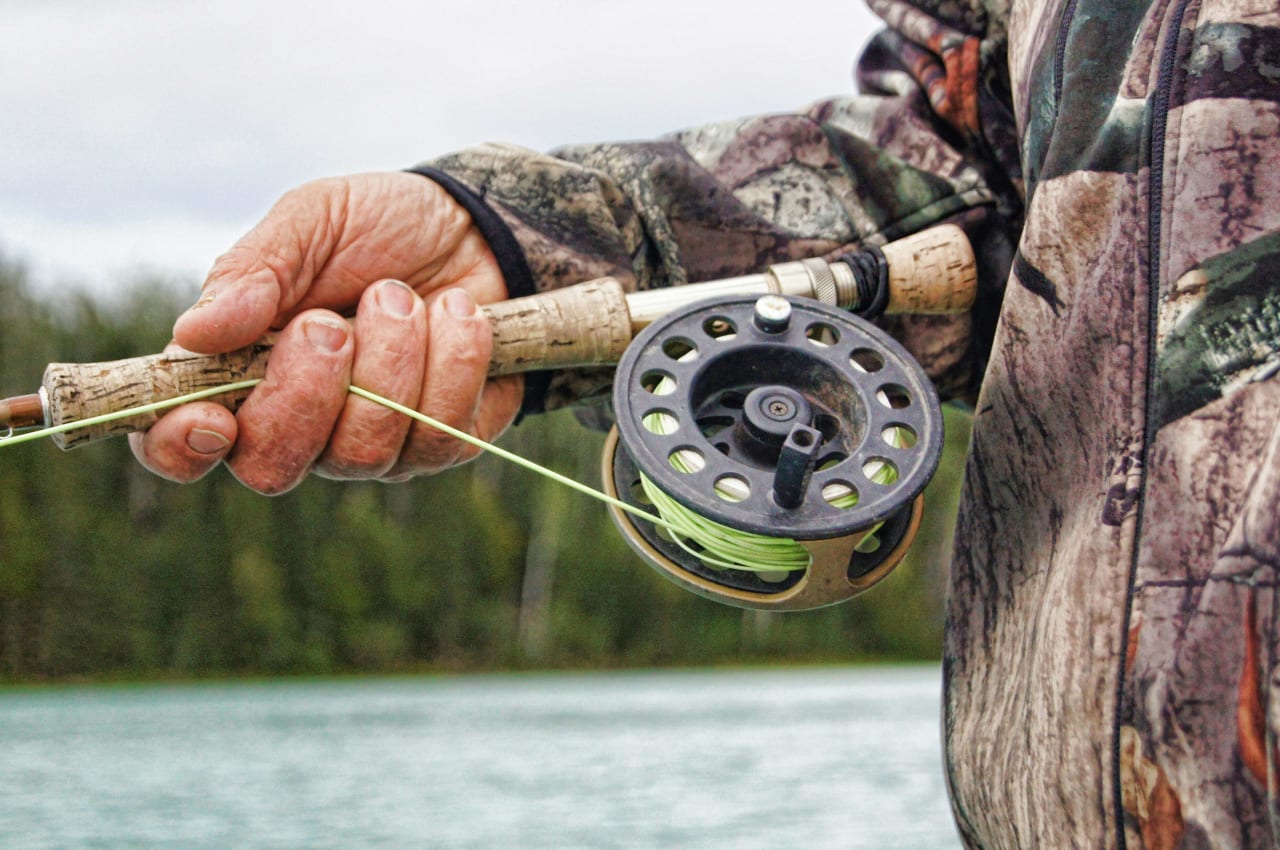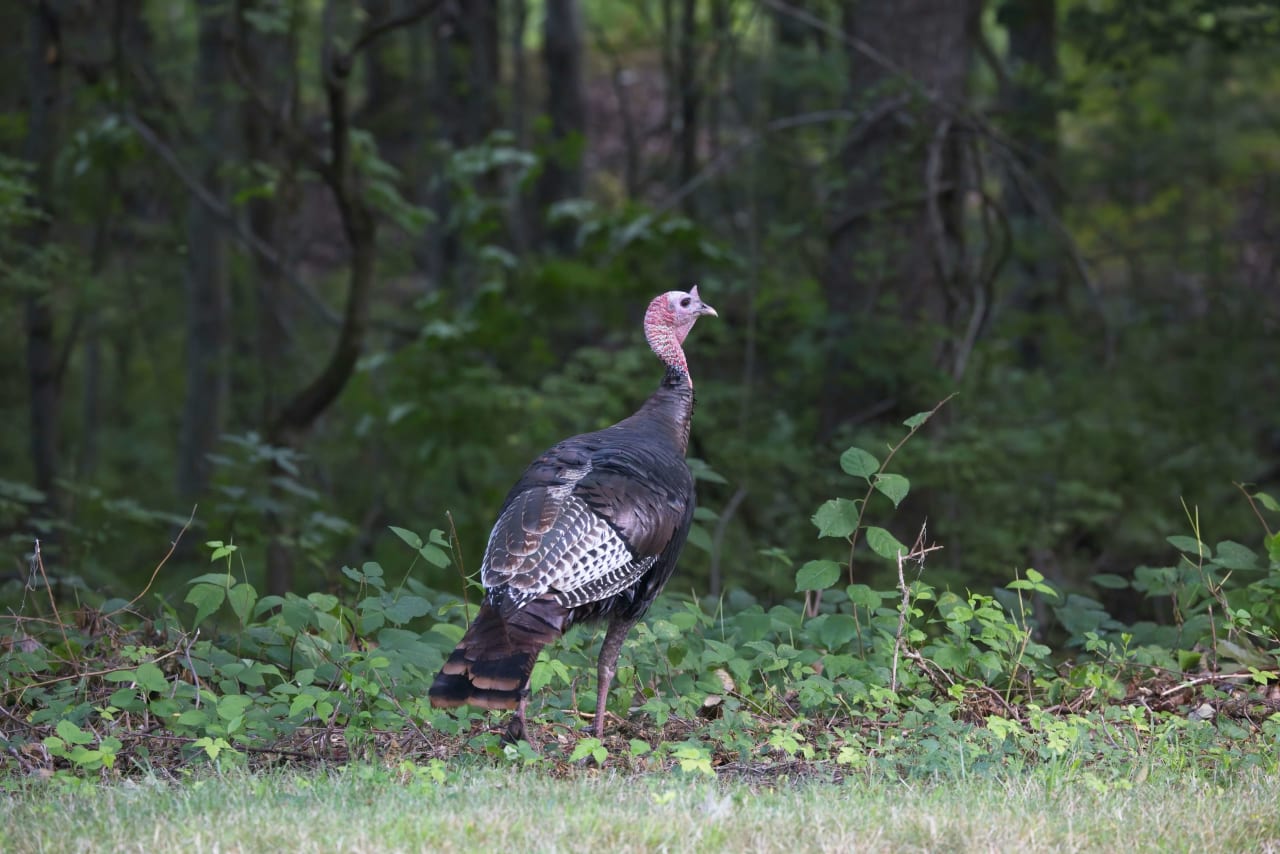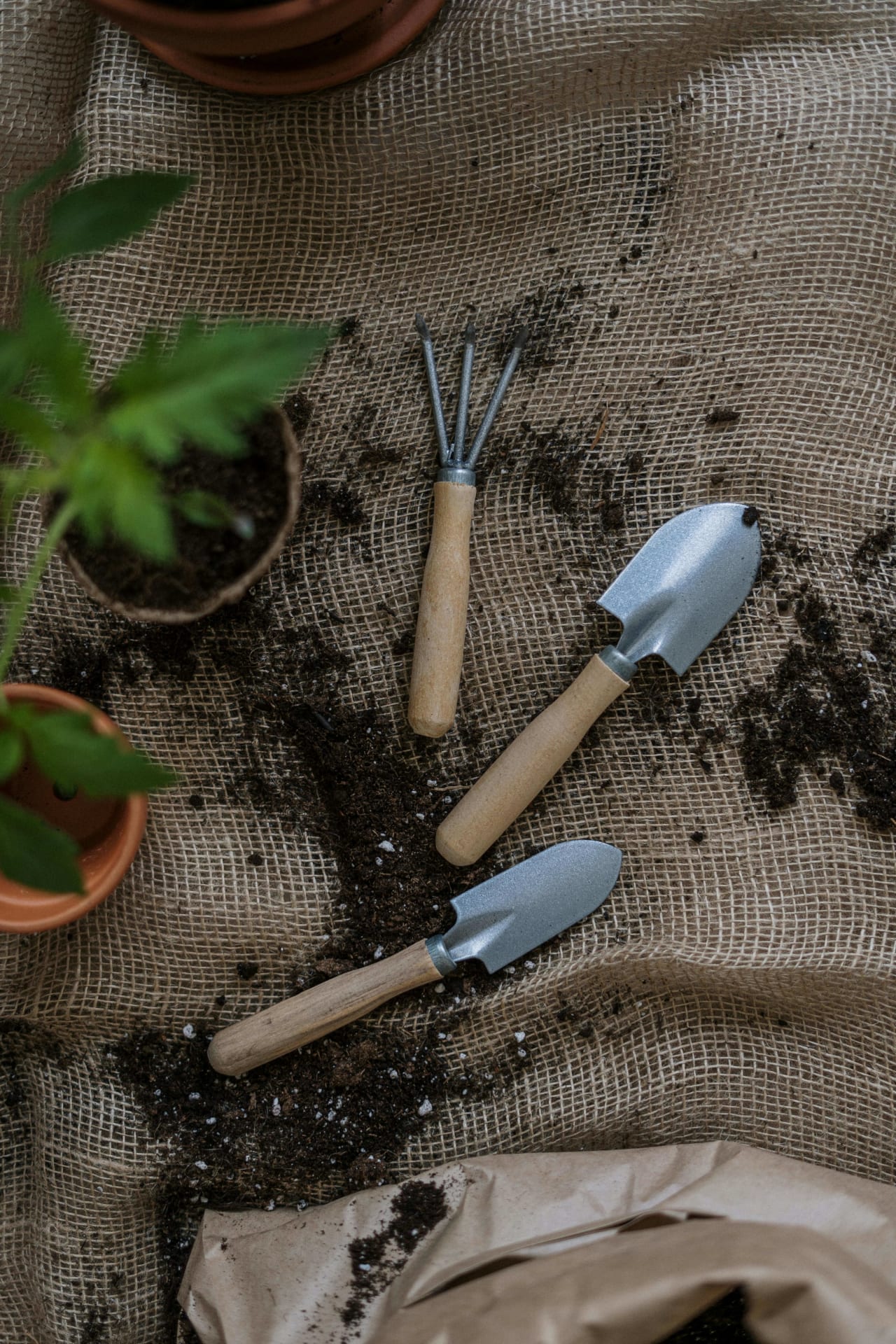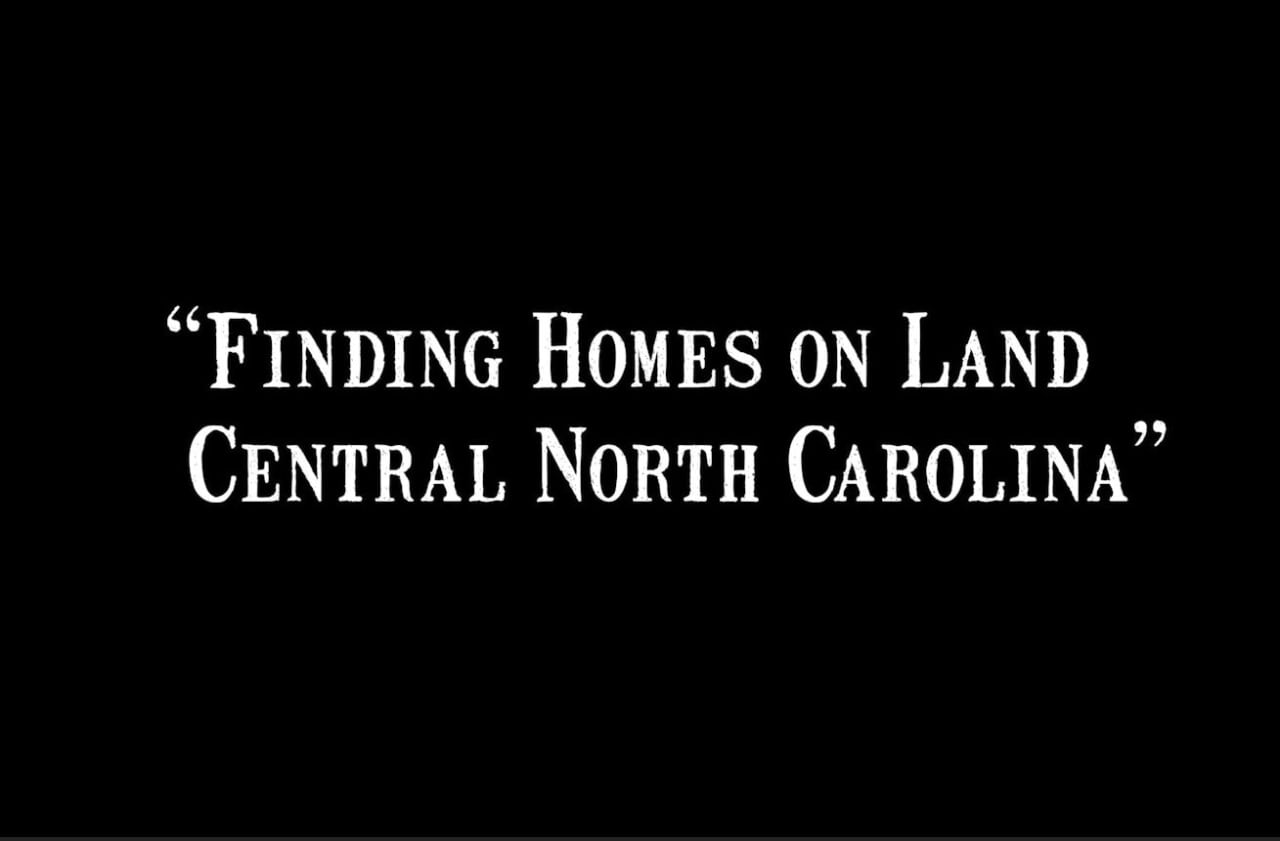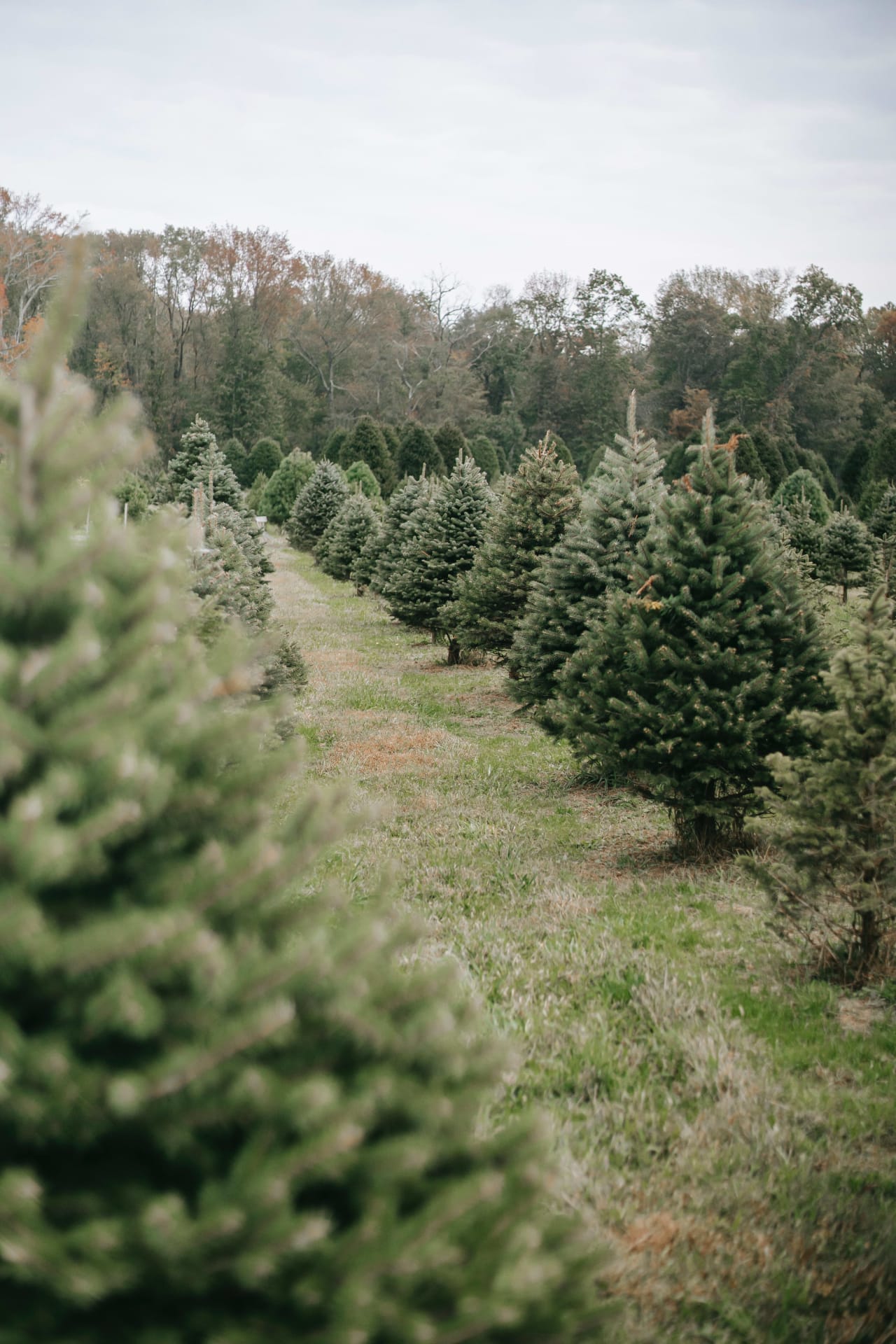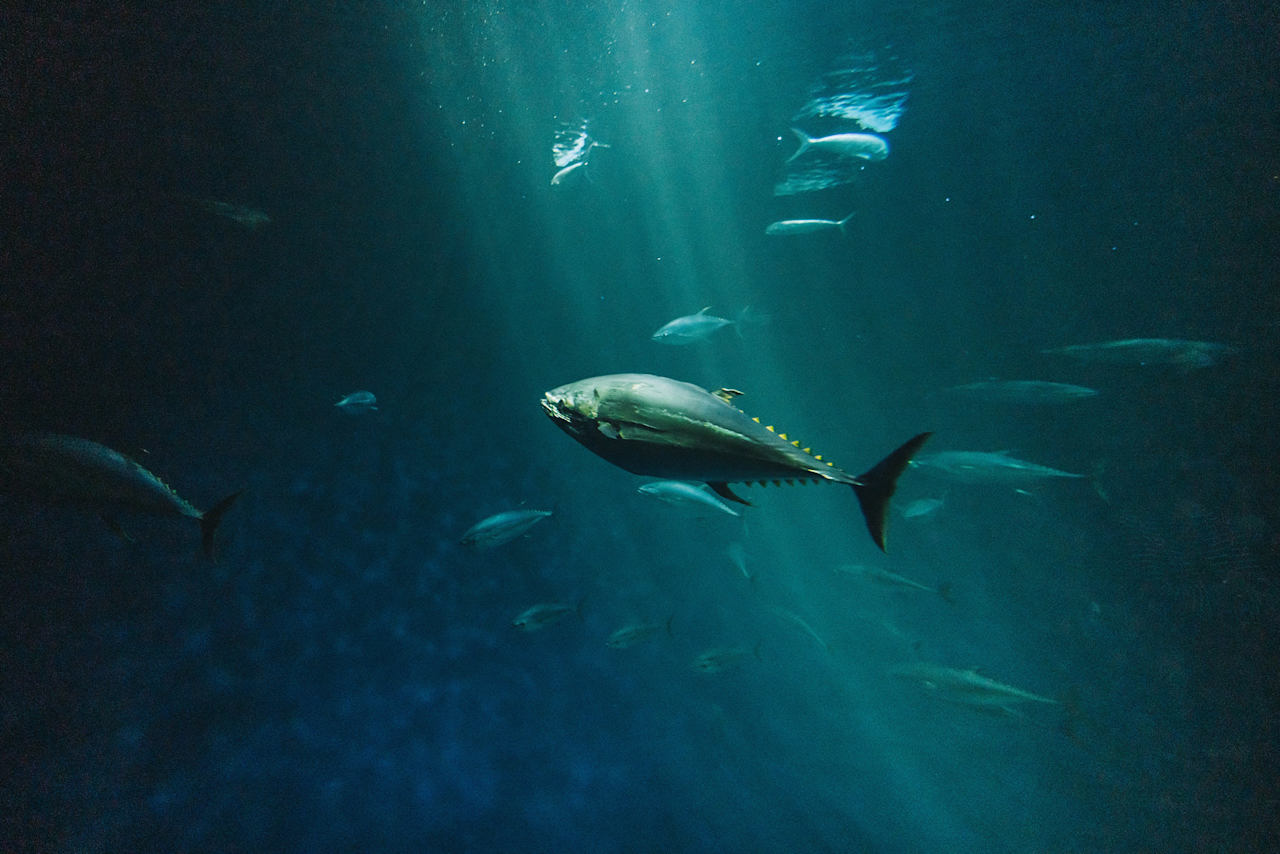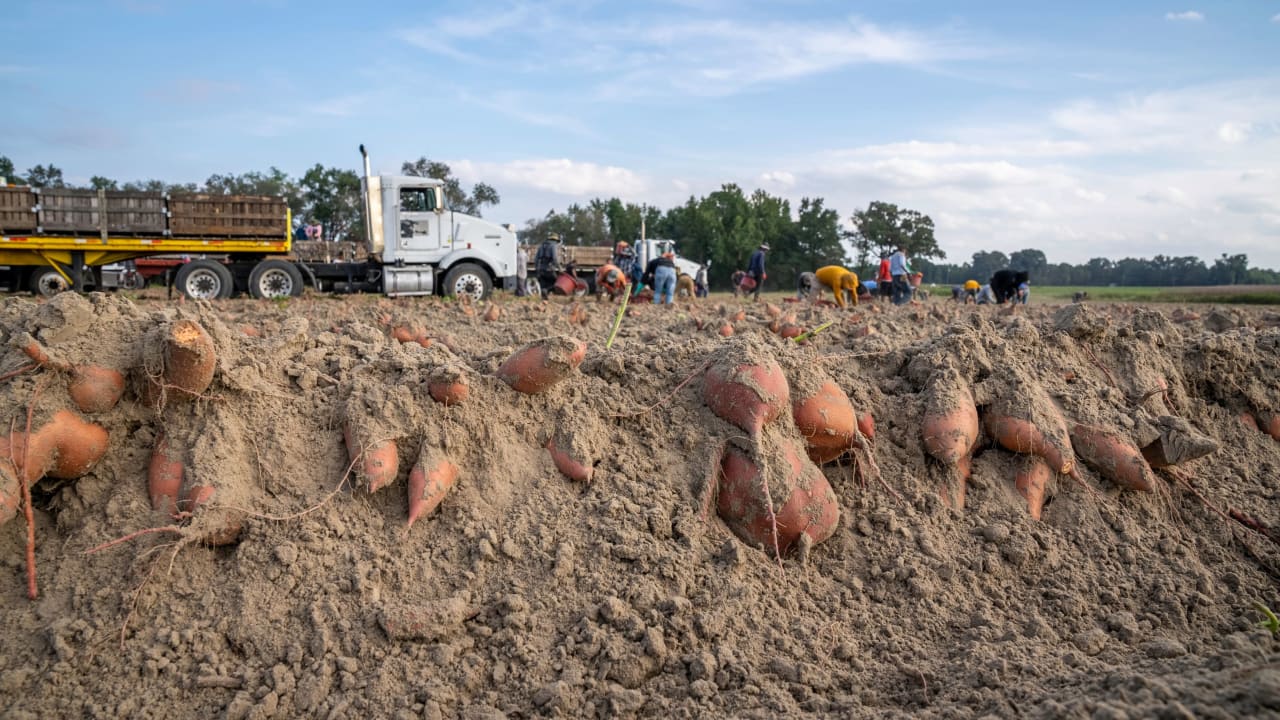Reuse and Recycle – Understanding Composting
Reuse and Recycle – Understanding Composting
Composting is a term that for many evokes images of banana peels and apple cores and grass clippings, collected and decomposed in one of the smellier forms of recycling. But did you know that as much as 40% of the food we purchase and “use” is discarded each year, ending up as landfill waste and adding, potentially to dangerous greenhouse gas emissions – methane – which contribute to global warming and even climate change? And that yard trimmings and freshly cut grass, when composted properly, can be transformed into an outstanding material used to enrich the soil and the plants in your yard?
What Is Composting? and Why Do It?
Composting is the process of recycling material such as yard cuttings, manure, food scraps, and coffee grounds into a matter called compost. Although almost any organic material is suitable for this process, a proper ratio exists of carbon-rich “brown” materials to nitrogen-rich “greens” which will create the proper environment for decaying, or composting, to take place. The result, nitrogen- and carbon-rich substance, reduces the need for expensive fertilizers and harmful chemicals in your yard or fields, creating more healthy soil and plants by encouraging the release of essential minerals like nitrogen, sulfur, and phosphorus. Fall is the season many consider the best time of year to enrich your soil with compost.
The brown-to-green ratio that is so critical for the process to occur properly is usually 2 parts brown to one part green.
- Brown materials – dry or woody plant material – that is appropriate for composting consists of wood chips, sawdust, newspaper, straw, and dry leaves. They are the source of carbon in your compost container, and, because of their bulkier nature, help keep air circulating throughout the compost mix.
- Green materials – growing or “fresh” products – add nitrogen, which is a source of protein for the microbes found in compost. Examples of suitable green ingredients include kitchen scraps (vegetable peelings, coffee grounds, etc.), manure (most typically from horses, chickens, cows, and other farm animals), seaweed, and plants and plant clippings.
There are several items from your home or yard, however, that are not suitable for composting for a wide range of reasons.
- Although the newspaper is a compostable ingredient, papers that are glossy or coated are not suitable due to toxic ingredients that may end up damaging your plants.
- Meat and dairy products should also be avoided. Meat scraps, as you might imagine, decompose slowly and attract both insects and bigger “pests” such as rats and raccoons. Dairy products, too, tend to attract insects and rodents.
- Cooking oil is a poor product for the compost pile due to its smell – once again, which might tend to attract unwanted pests and animals – and its tendency to slow down the composting process by changing the moisture level.
- The manure of carnivorous animals – cats, dogs, humans – should be avoided because of the likelihood they will contain harmful, disease-carrying parasites.
- Non-biodegradable materials – plastic, glass, aluminum, and metal – will never decompose because they are inorganic. Pressure-treated lumber, too, although a wood product, has been treated with chemicals and will never break down.
- Diseased plants in the compost pile will end up “infecting” your compost, and thereby your yard, when you go to spread it.
How to Make Compost
For those who wish to compost using food scraps, the best type of container to use in the kitchen is either stainless or ceramic with an air filter that will help to cut down on odors. Remember that the mixture will break down more quickly the smaller the bits of food, so it’s best to chop up any larger scraps before they are added.
Yard waste such as leaves and grass clippings should be added to an outside bin along with other materials but sprinkled throughout to avoid matting together and slowing the composting process. A leaf pile, should your dead leaves be too numerous for your outdoor bin, should be at least 4’ wide x 3’ high, and include a layer of dirt between each foot of leaves. Leaves in a compost pile should not be allowed to dry out or be packed too tightly.
Steps for Creating and Maintaining Your Compost
Reuse and Recycle – Understanding Composting
- Make sure the compost pile is started on bare earth, where worms and other organisms can easily access the ingredients.
- To ensure proper draining and help aerate the mix, lay a layer of twigs first.
- Start adding the compost material – moist (kitchen food scraps, tea bags, etc.) and dry (leaves, wood ashes, and straw) – in layers.
- Add manure and other organic “green” (nitrogen-rich) material to keep the decomposition process moving along.
- Water the pile from time to time or ensure that rain can soak into the pile.
- Cover the pile with plastic or any other sheeting material, which will prevent OVER-watering or drying out.
- Every few weeks or so, stir up the pile a bit to aerate the mixture and add new “green” or “brown” bits. A commercial rotating tumbler is often used by those who want their compost piles mixed regularly.
Enclosed bins are best for small-scale composting. A bin can be built out of a heavy-duty garbage can or purchased as a “compost digester” – a container that is closed on the sides and top but open on the bottom. “Food waste digesters” forego the traditional composting process by grinding up and dehydrating food scraps, creating a mix that is ready for fertilizing the garden almost immediately; the composition process starts once the materials are added to the soil just below surface level. A “tumbler” is the most efficient type of enclosed bin by allowing decomposition year-round, being inaccessible to rodents or other creatures, and keeping the mix enclosed and odor-free.
Find out more



